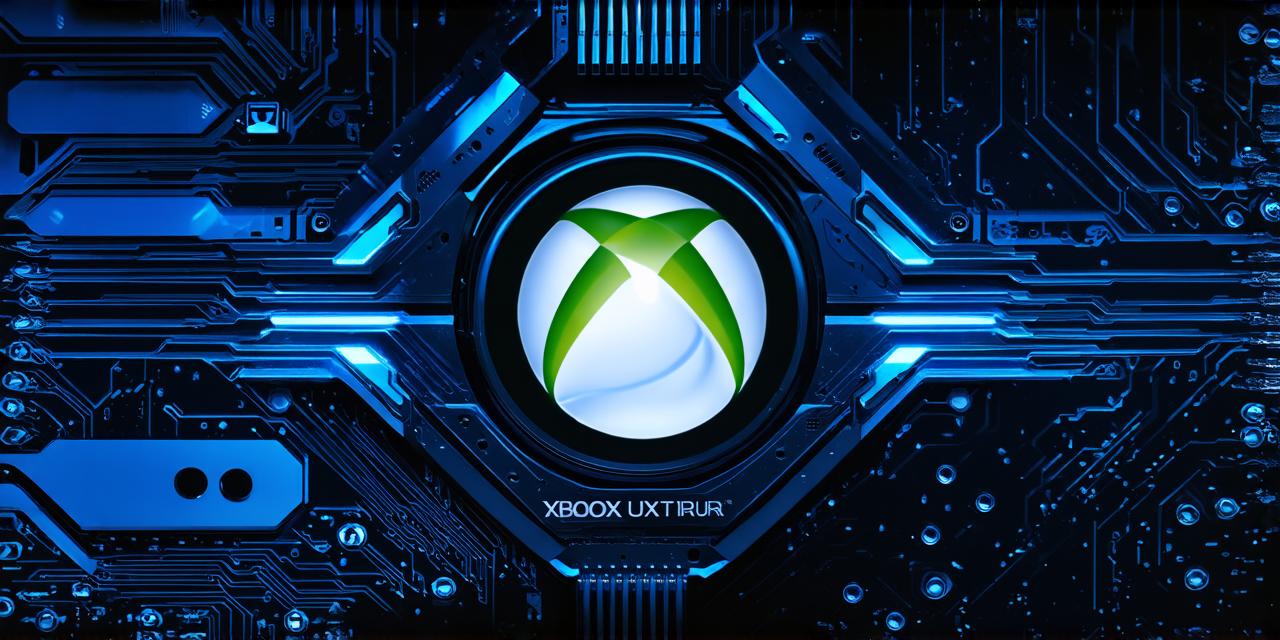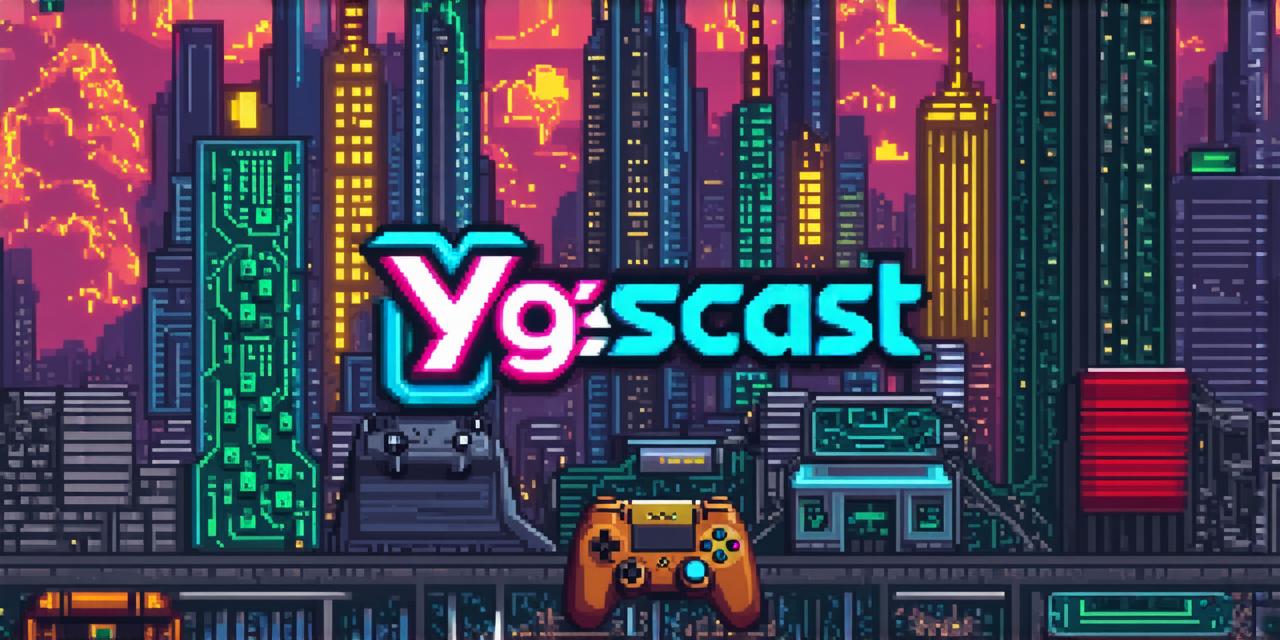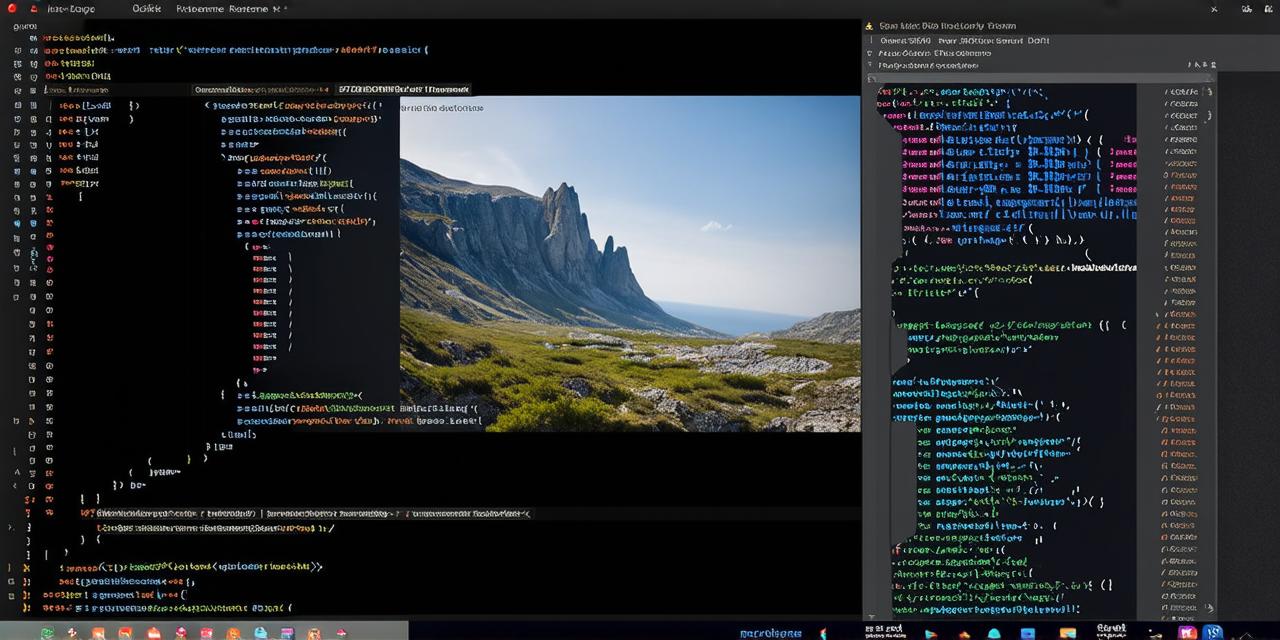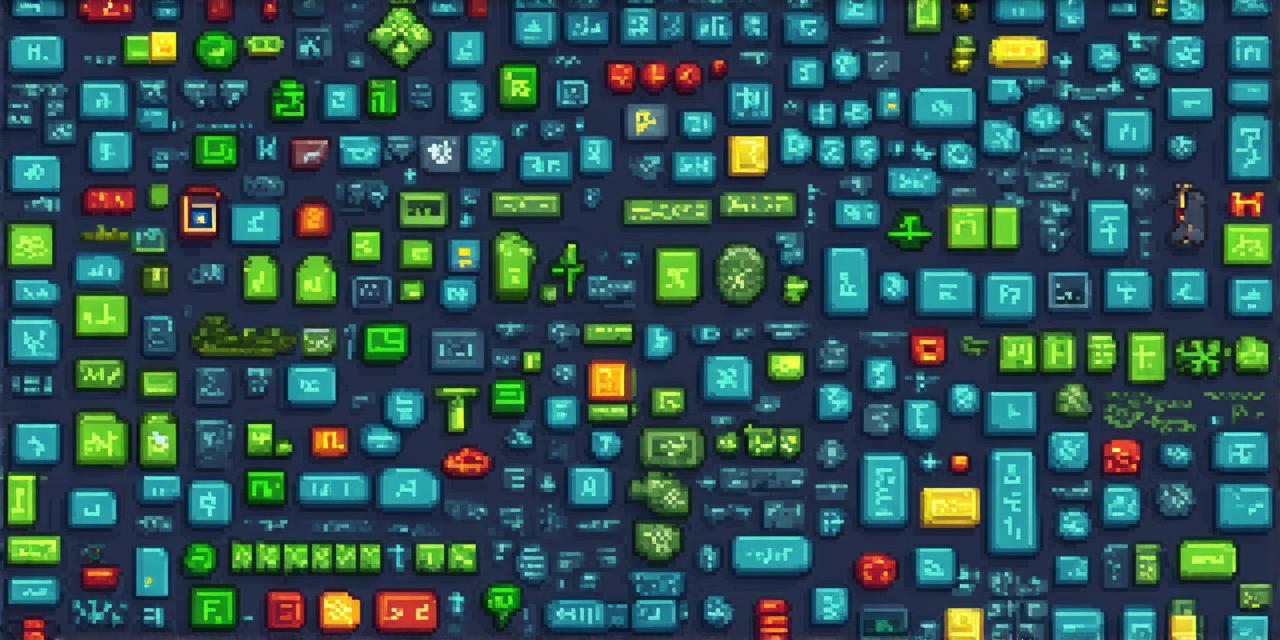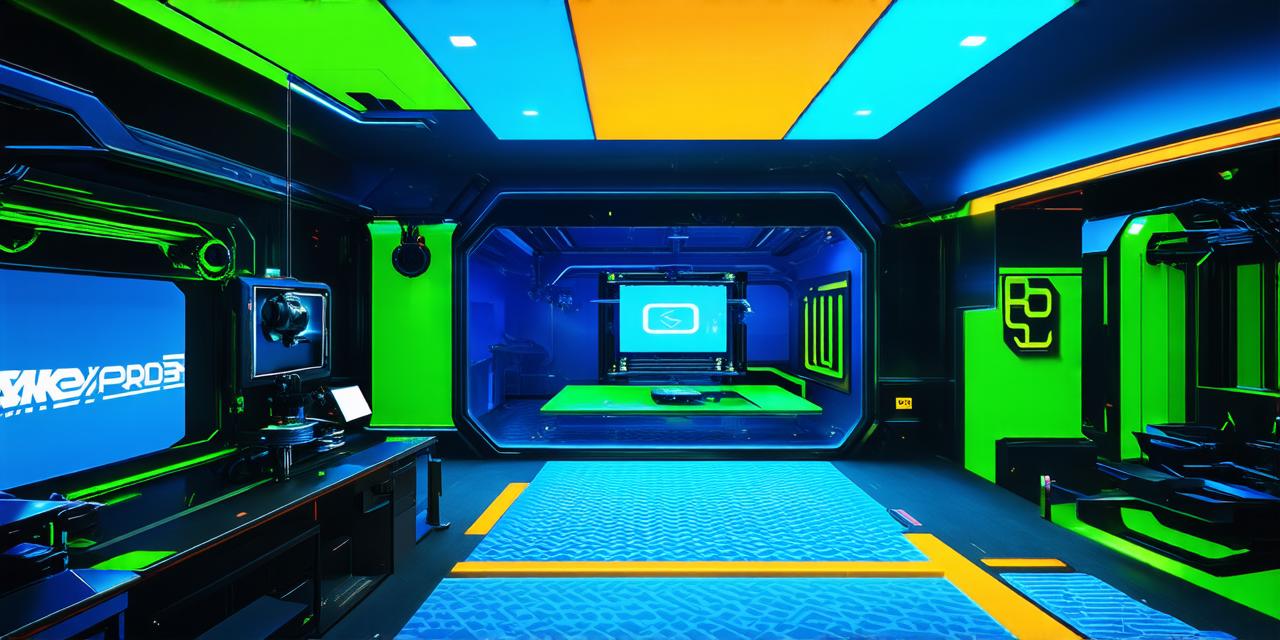
Introduction
Xbox game creation is a highly exciting and rewarding field that allows game developers to bring their ideas to life on one of the most popular gaming platforms in the world. Whether you are an experienced game developer or just starting out, this comprehensive guide will provide you with everything you need to know to create a successful Xbox game.
The Basics of Xbox Game Creation
Before diving into the details of game development, it’s important to understand the basics of creating games for Xbox. Here are some key points to keep in mind:
- Xbox games can be developed using a variety of programming languages and game engines, including Unreal Engine, Unity, and C++.
- Game development for Xbox requires a deep understanding of game design principles, as well as proficiency in coding and game engine functionality.
- Xbox games must meet certain technical requirements, such as resolution and frame rate standards, as well as content guidelines set by Microsoft.
Game Development Tools and Technologies for Xbox
The tools and technologies you use to develop your Xbox game will have a big impact on the final product. Here are some of the most popular options:
- Unreal Engine: A powerful and flexible game engine that is widely used in the industry, Unreal Engine offers a range of features and tools specifically designed for Xbox game development.
- Unity: Another popular game engine, Unity is known for its ease of use and versatility, making it a great option for beginners.
- Visual Studio: A powerful integrated development environment (IDE) that is widely used for game development on Xbox, Visual Studio offers a range of tools and features to help you write efficient and optimized code.
- XDK: The Xbox Development Kit (XDK) is a set of tools and libraries that allow developers to create games specifically for Xbox, including the ability to debug and test your game directly on an Xbox console.
Creating a Game Design Document (GDD)
Before you start coding or designing levels, it’s important to have a clear plan in place. This is where a game design document (GDD) comes in handy. A GDD is a detailed document that outlines the goals, mechanics, and features of your game, as well as the target audience and expected outcomes. Here are some key elements to include in your GDD:
- Game concept and overview
- Target audience and market analysis
- Game mechanics and features
- Level and environment design
- Art assets and visual style
- Technical specifications and requirements
- Project timeline and milestones
Designing Game Levels and Environments
Once you have a solid GDD in place, it’s time to start designing your game levels and environments. Here are some key considerations to keep in mind:
- Level layout and flow: Your levels should be designed with the player’s experience in mind, including clear pathways and areas for exploration.
- Environment design: The visual style and atmosphere of your game world can have a big impact on player engagement, so it’s important to pay attention to details like lighting, textures, and sound design.
- Gameplay mechanics: Your levels should be designed to support the gameplay mechanics you’ve implemented, including puzzles, combat, and platforming challenges.
Optimizing Your Game for Performance and Stability
…
